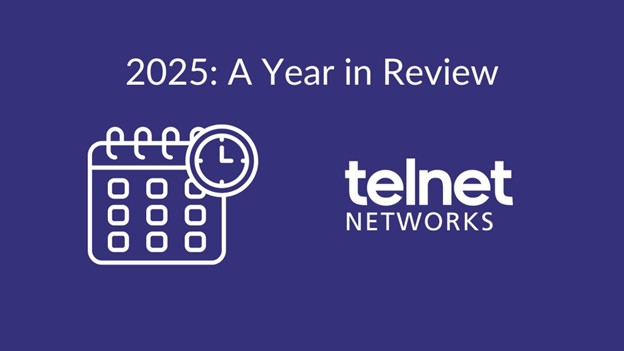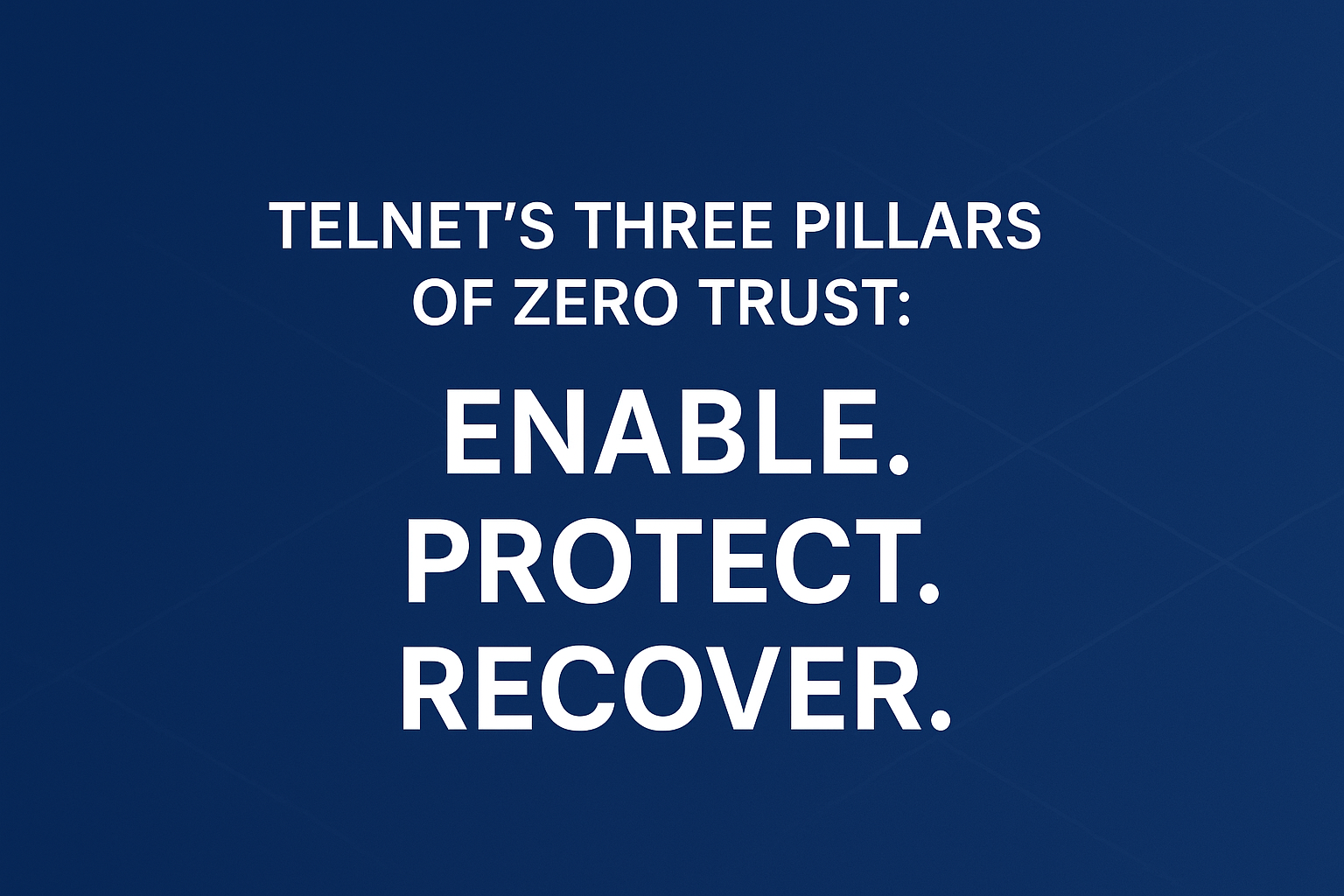Modern IT networks have become much more profound and more difficult to secure. Data integrity and monitoring performance are crucial for maintaining a smooth and efficient network.
To enable a smooth and streamlined process, It is best to rely on key performance indicators known as the “4 Golden Signals” – latency, traffic, saturation, and errors – to gain valuable insights into your network’s health.
This article will explore what these signals mean and how to implement them as part of an overall data integrity and monitoring strategy.
Understanding the 4 Golden Signals
You’ve heard it before: “What gets measured improves.” Without proper monitoring, it’s challenging to ascertain whether your network is healthy. Before making any changes, here are the four aspects of your network that should be monitored before deciding to take action:
1. Latency
Latency refers to the delay when data travels from source to destination. It is a critical metric that measures the responsiveness of the network.
Low latency is desirable as it indicates that data is reaching its destination quickly, resulting in faster application response times and improved user experience. When latency spikes, or maintains a high level, it can cause slow application performance and annoying delays.
To monitor latency effectively, you can implement real-time monitoring tools that capture and analyze data packets, identifying any delays in data transmission. It’s important to always take on a proactive approach rather than react to issues that are affecting your latency.
2. Traffic
We’ve all been there, especially when we are late for work or an appointment. Heavy traffic is not positive on your commute, nor is it on your network. Although this may mean that more people are taking actions that are valuable to your brand, it will damage overall brand recognition if servers are unresponsive.
Traffic, in the context of network monitoring, relates to the volume of data flowing through the network. Monitoring traffic levels to understand the network’s overall workload and identify potential bottlenecks is crucial.
By tracking traffic patterns, you can ensure that the network operates optimally and visibly and make informed decisions to allocate resources efficiently.
3. Saturation
Saturation occurs when your network resources, one of the most common being bandwidth, become fully utilized, leading to potential data congestion and slowdowns. Monitoring network saturation is integral to preventing network overloads and guarantees smooth data transmission.
Using a Network TAPs so that your monitoring solutions can provide real-time data on network usage, enabling administrators to promptly identify and address saturation issues.
4. Errors
Errors in the network refer to any data packets that are corrupted or lost during transmission. These errors can lead to data integrity issues and affect the overall reliability of the network, which can cause cybersecurity anxiety or concerns.
Monitoring and detecting errors is crucial for maintaining data integrity and identifying potential network vulnerabilities. Your administrators can employ advanced monitoring tools and techniques, such as checksum validation, to detect and address errors effectively.
The Golden Signals in Action: Implementing Them as Part of an Overall Strategy
Now that we understand the importance of the 4 Golden Signals we can use a real-time monitoring solution to give you continuous visibility into these key metrics. Different networks will identify which of these metrics you need to prioritize for your network performance. You can then Set Thresholds and Alerts to trigger when performance deviates from your expected values.
Using this proactive approach allows administrators to address potential issues before they escalate, and provide real-time support to servers, teams and end-users






